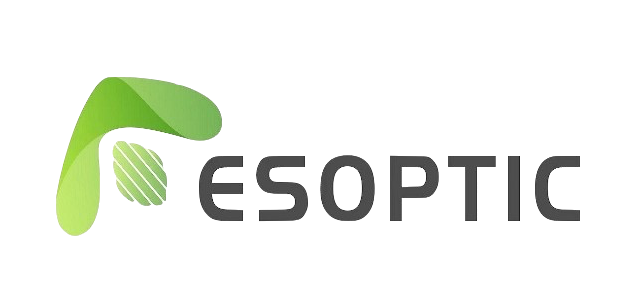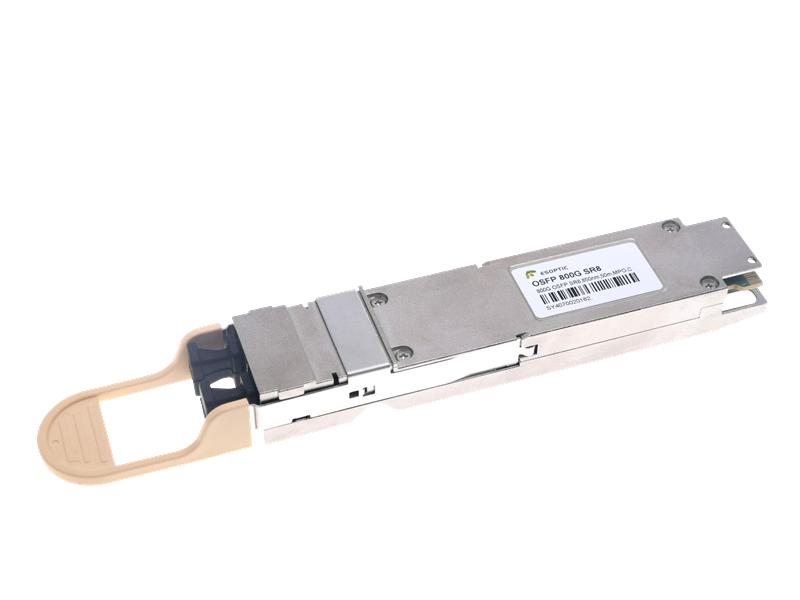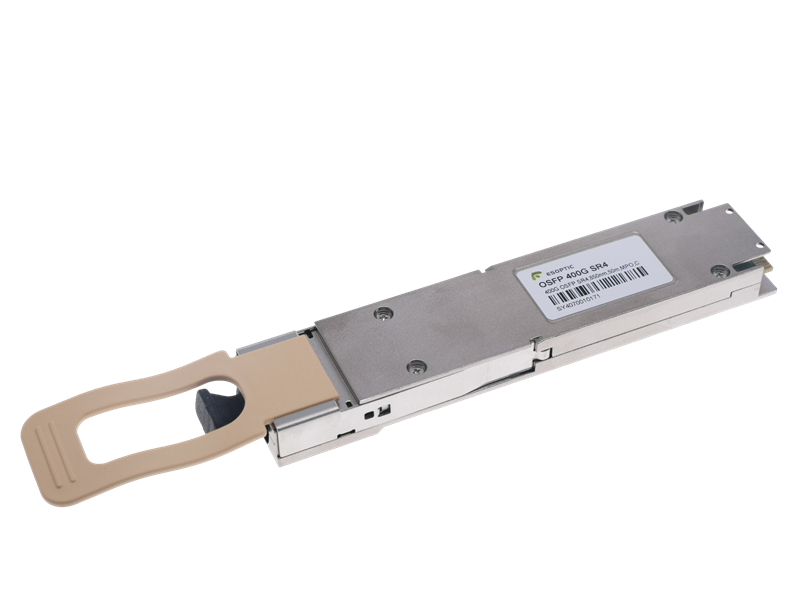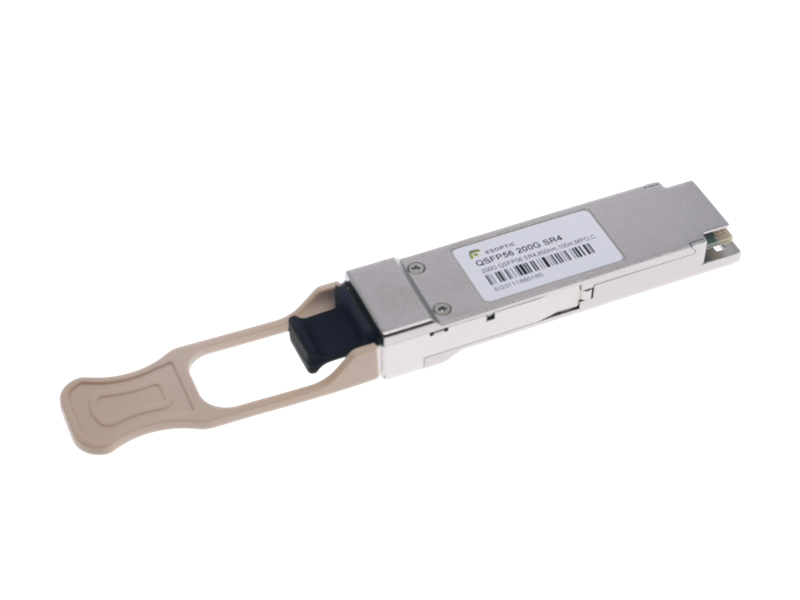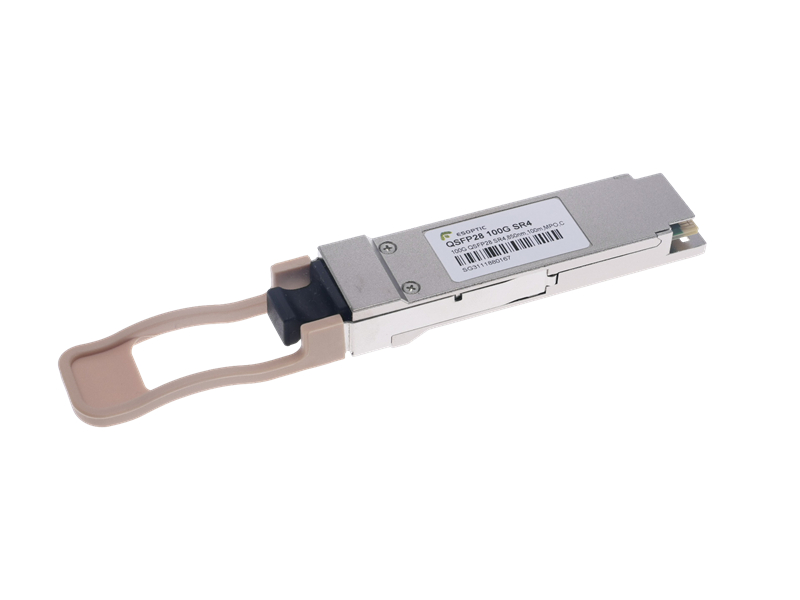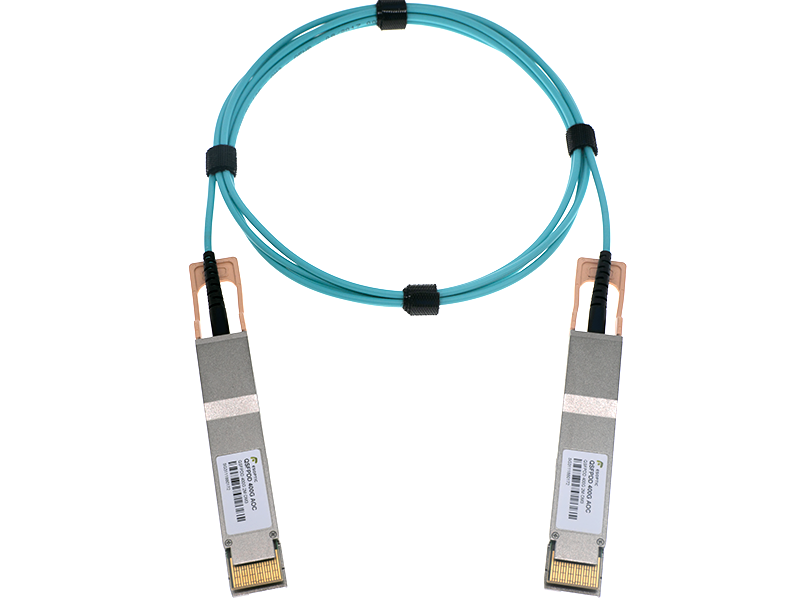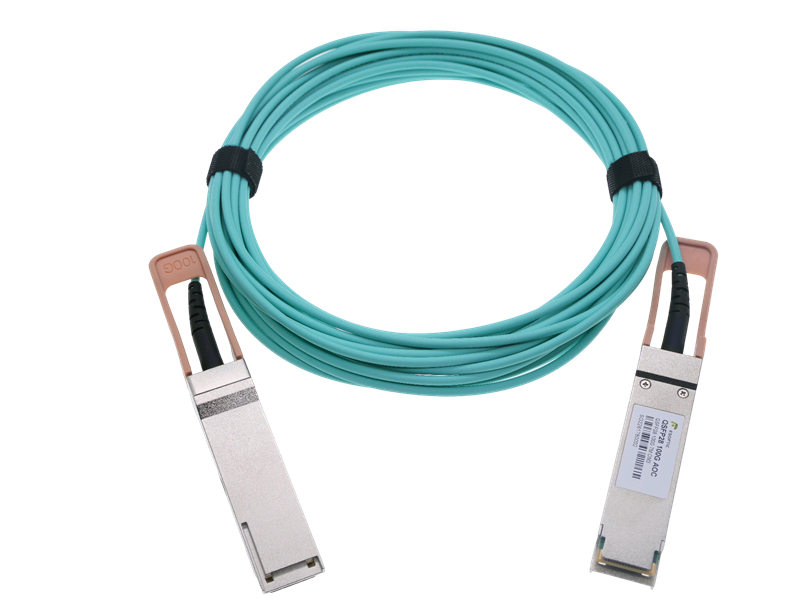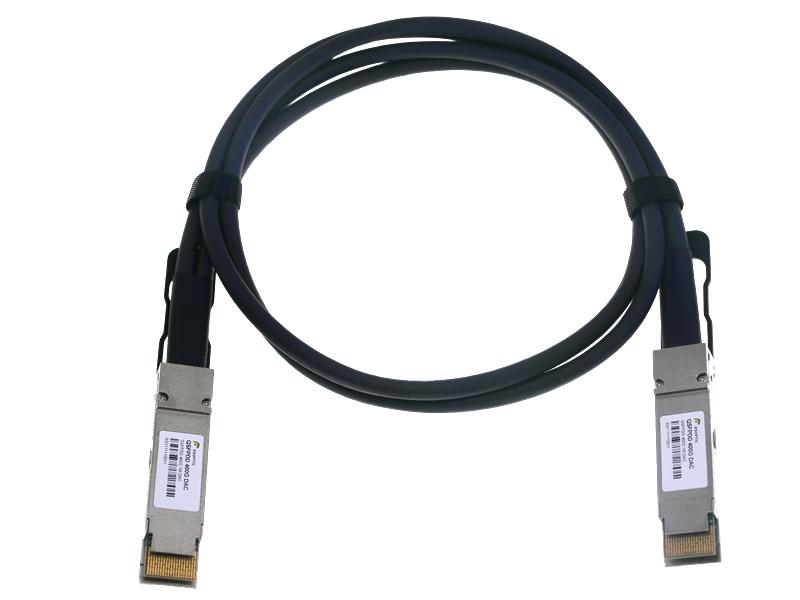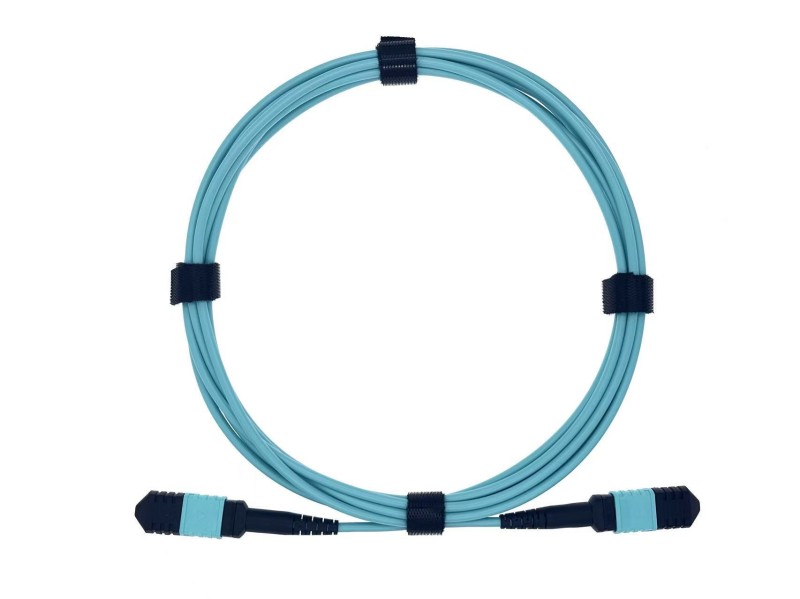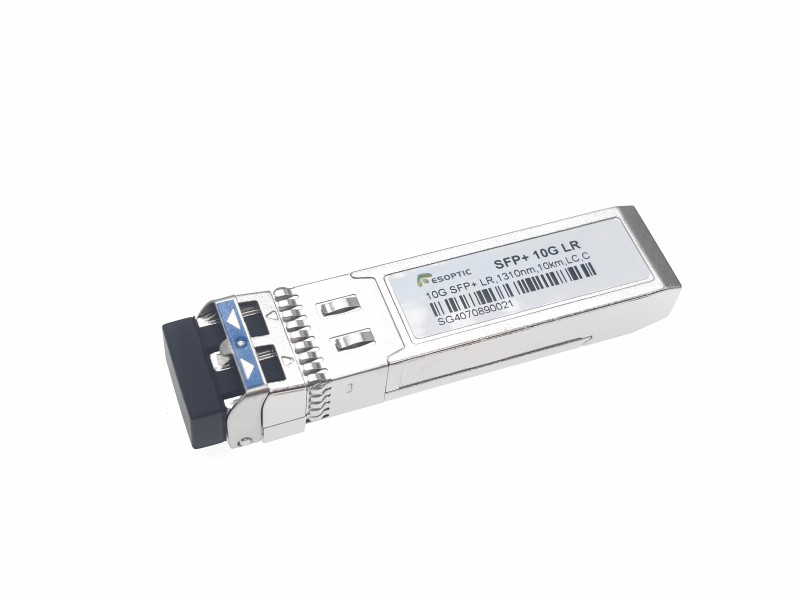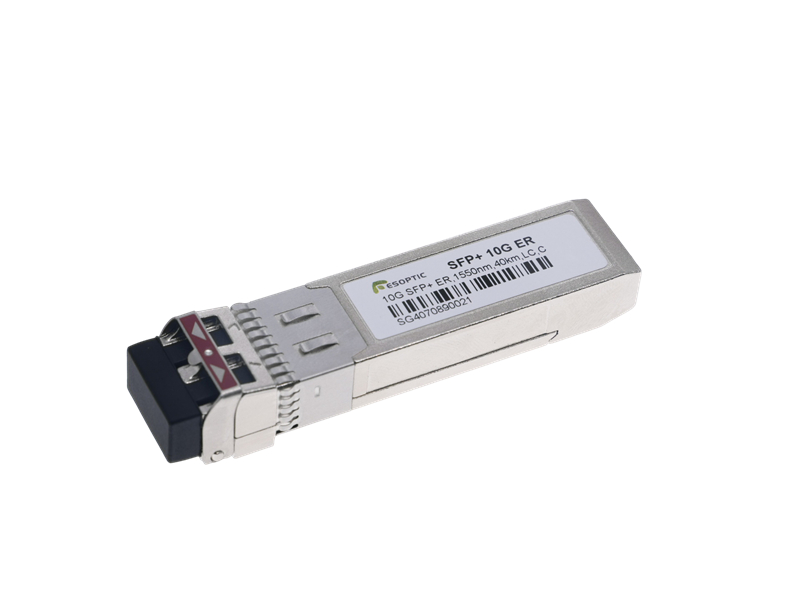In the fast-evolving world of networking, one term that often raises questions is optical module compatibility. You’ve probably heard vendors claim that their transceivers are "fully compatible" with Cisco, Arista, Juniper, or HPE. But what does optical module compatibility really mean—and why does it matter so much?
Let’s dive in and clarify this frequently misunderstood concept.
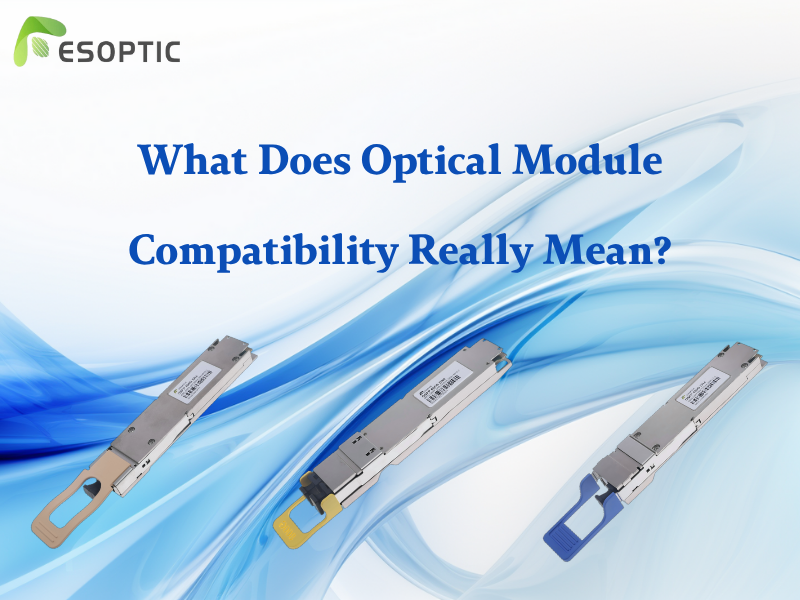
What Is Optical Module Compatibility?
In simple terms, optical module compatibility refers to whether an optical transceiver module can seamlessly work with specific networking equipment—especially switches, routers, and servers from major OEMs (original equipment manufacturers).
Compatibility goes far beyond just the physical fit. A compatible module must communicate correctly with the host device at the firmware level. This includes:
EEPROM coding that identifies the module to the host
DOM (Digital Optical Monitoring) support
Power class and voltage recognition
Signal integrity and eye safety compliance
If even one of these elements fails, the device may reject the module, display error warnings, or disable the port entirely.
Why Is Compatibility So Critical?
Network stability relies heavily on interoperability. Using non-compatible modules can result in:
Link instability
Port shutdowns
Higher packet loss
Downtime in critical systems
At ESOPTIC, we ensure that our optical transceivers are rigorously tested for full compatibility across a wide range of systems. From Cisco and Arista to Dell and H3C, our modules are programmed with precise EEPROM data and validated under real-world conditions.
We don’t just claim compatibility—we prove it through thousands of successful deployments.
How Is Compatibility Achieved?
Achieving optical module compatibility involves:
Accurate EEPROM coding for specific vendors
Hardware-level quality control
Testing with live equipment during production
Continuous firmware updates to match OEM revisions
ESOPTIC's in-house R&D team actively tracks firmware changes from major manufacturers to ensure seamless operation even after network device upgrades.
Is Third-Party Compatibility Safe?
Absolutely—when done right.
Modern compatible modules, like those from ESOPTIC, adhere to the same MSA (Multi-Source Agreement) standards as OEM parts. They pass functional, thermal, and signal tests. In many cases, they outperform OEM-branded modules in flexibility, lead time, and cost-efficiency.
The key lies in precision engineering and full-system testing, not just sticker labels.
FAQs
1. Will using a third-party module void my switch warranty?
No. Most manufacturers’ warranties cover the device itself, not third-party modules—especially when modules don’t physically damage the hardware.
2. What if my switch shows a warning after inserting a compatible module?
This is common. Many devices display alerts for non-OEM modules, but ports typically remain functional if the module is properly coded and tested.
3. Are ESOPTIC modules compatible with Cisco or Juniper?
Yes, our modules are thoroughly tested for optical module compatibility with all major platforms, including Cisco, Juniper, Arista, HPE, and others.
4. Can firmware updates affect module compatibility?
Yes. OEMs sometimes update firmware that changes module detection. That’s why ESOPTIC tracks updates closely and adjusts EEPROM coding as needed.
5. How do I verify compatibility before purchasing?
Just tell us your switch model and intended speed. ESOPTIC’s tech team will confirm compatibility and suggest the best-fit module.
